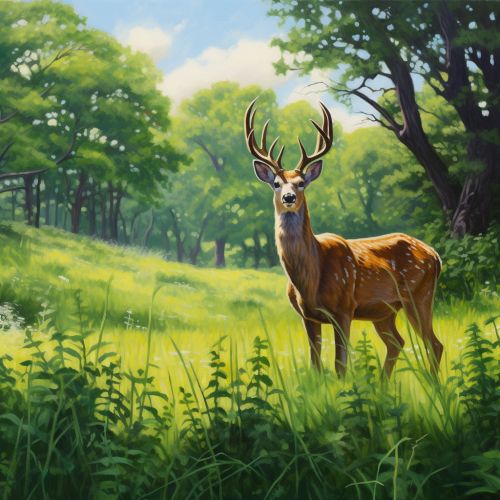Herbivores
Introduction
Herbivores are organisms that are anatomically and physiologically adapted to eat plant materials. For example, plant matter is extremely difficult to digest, so herbivores have evolved a wide range of specializations to deal with this problem. Some concentrate on eating leaves, while others specialize in the more difficult task of breaking down fibrous plant materials and some even have symbiotic relationships with bacteria in their gut to aid digestion. Learn more about the digestive system here.


Classification
Herbivores can be classified into frugivores, granivores, nectarivores, and folivores based on their diet type. This classification is linked to the way their teeth are shaped. For instance, frugivores like bats have sharp, pointed teeth for piercing fruit skins while granivores like birds have short, stout beaks for crushing seeds. Learn more about teeth here.
Anatomy and Physiology
Herbivores have unique physical features that aid them in consuming and digesting plant matter. These include specialized teeth for grinding plant material, long digestive tracts for efficient nutrient absorption, and certain species even have a multi-chambered stomach for fermenting tough plant matter. Learn more about anatomy here.
Evolution
The evolution of herbivory was a critical event in the history of life. Eating plants opened a new world of food resources, leading to the evolution of large herbivores such as the dinosaurs. The first herbivores are believed to have evolved around 300 million years ago. Learn more about evolution here.
Herbivores and Ecosystems
Herbivores play a crucial role in maintaining the health and diversity of ecosystems. They serve as prey for predators and also help in seed dispersal. Their feeding habits can influence the plant community structure and their waste products can help enrich the soil. Learn more about ecosystems here.
Threats and Conservation
Herbivores face numerous threats including habitat loss, hunting, and climate change. Conservation efforts for herbivores include habitat restoration, hunting regulations, and in some cases, captive breeding programs. Learn more about conservation here.
